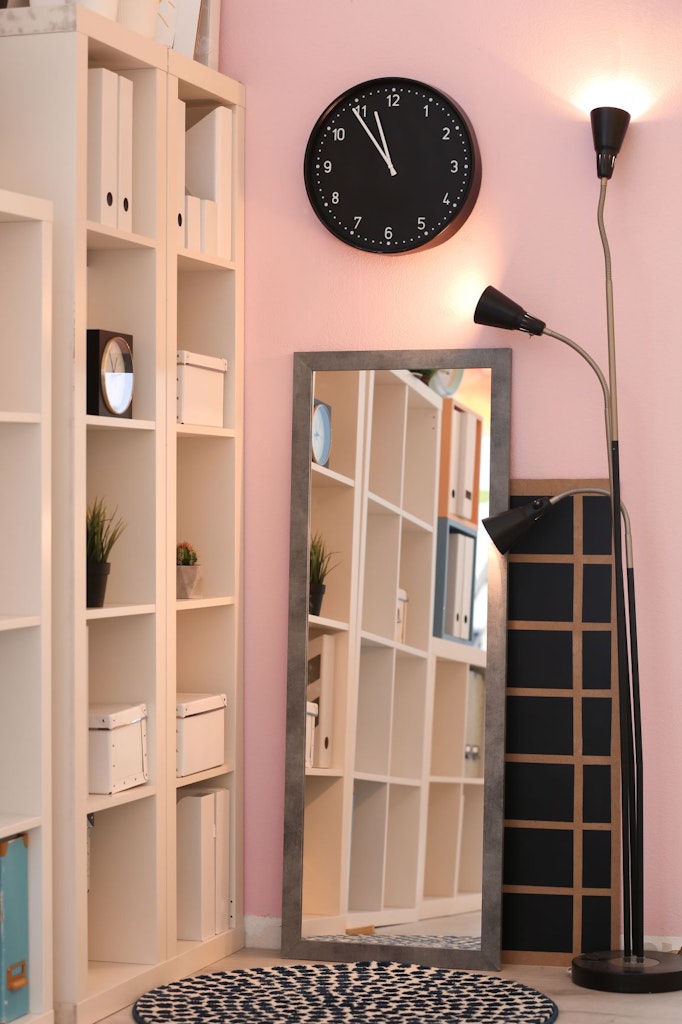Getting ready to head off to college and experience dorm life for the first time?
While we can help you on how to crush sleep in college, the situation can be made more difficult by a noisy roommate or neighbors partying. You may also need quiet to study for exams and to work on papers and projects.
Check out our 5 Tips to Inexpensively Soundproof Your Dorm Room
Important note: Be sure to know your dorm’s rules before you follow our floor and walls suggestions.
1. Wear headphones or earplugs.
Needing to study but your roommate is having a loud conversation or watching TV?
No problem. Plop down at your desk and cover your ears. Headphones and ear buds are commonly worn by everyone everywhere, and ear plugs are an essential for travelers too.

2. Plug in a fan or turn on a sound machine.
White noise can be an effective sound blocker and have calming effect for some people.
3. Cushion your floor and door.
Sound travels through the space under your door and reverberates off hard surfaces such as floors and walls. Find a towel you don’t mind getting dirty: Roll it up to fill in that under-the-door space. If your room’s uncarpeted, look for a cheap roll of carpet or area rugs to dampen sound.
4. Strategically place big furniture against walls.
Walls will conduct the laughter and music from your partying neighbors into your room.
Absorb the noise by placing furniture against your walls; especially bigger pieces like a bookshelf. While against the walls is the optimum placement for stifling noise, furniture, in general, will make your room a quieter space. Add a layer of foam or egg cartons against the wall first before you place your bookcase or other piece. This will provide an additional layer of soundproofing. Upholstered furniture and bedding items such as a comforter and pillows are also great for absorbing sound.

5. Decorate walls and windows with curtains and wall coverings.
Consider this challenge as a creative opportunity to express your personality! Look for inexpensive items at your local discount or thrift stores. Using drapery or curtains for your window adds the bonus of keeping cold and hot air out, thus giving you climate control in the extreme winter and summer months. Wall coverings can range from quilts or homemade fabric hangings to posters or framed prints. As with furniture, taping styrofoam or egg cartons to the wall first adds an additional layer of sound protection.
A successful college year depends on adequate sleep and being able to do your best work on required academic projects. Soundproofing your dorm room is easy and inexpensive and will help assure your productivity and success.
